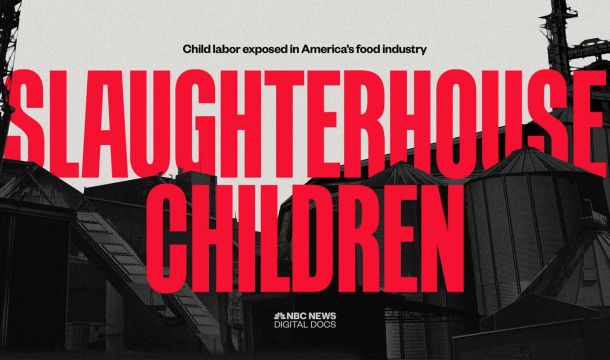OSHA ALERT: OSHA Regional Emphasis Program Targets Southeastern Poultry Processing Facilities
On October 26 and 27, 2015, OSHA's Atlanta and Dallas offices announced new regional emphasis programs focused on chicken processing facilities. This program will affect employers in Regions 4 and 6, which cover an area stretching from the Arizona state line in the west to the eastern seaboard, as far south as Key West, and as far north as Kentucky.
OSHA's press release states that poultry processing workers are twice as likely to suffer serious injuries and six times more likely to get sick on the job than other private sector workers, and suffer a high incidence of musculoskeletal disorders and ergonomic stressors. The two regions targeted include the nation's largest chicken producers, and account for 29 of the 51 billion pounds of chicken produced each year in the U.S.
The program will begin with a three-month period of education and prevention outreach activities to share safety and health information with employers, associations (unions), and workers. Employers are encouraged to use this period to bring their facilities into compliance with OSHA standards, if they are not already. The agency then will begin its targeted enforcement phase. This will include on-site inspections and a review of poultry processing production operations, working conditions, recordkeeping, chemical handling, and safety and health programs to ensure compliance, and is scheduled to last for one year.
So, what does this mean for employers? In the words of Wimberly & Lawson senior principal and OSHA specialist Larry Stine, "a pile of trouble." Poultry processors can expect wall-to-wall inspections and in-depth record reviews. Employers will be selected for inspection based on random criteria, or an unprogrammed inspection conducted for a limited purpose may be expanded to comprehensive. Inspectors will scour plants looking for violations in ergonomics, process safety management, sanitation, lockout/tagout, recordkeeping, and machine guarding. This may remind many employers of the wage and hour crusade against poultry processors in 1999-2000, which found violations at the vast majority of plants inspected, and resulted in decades of donning-and-doffing litigation.
Although there is supposed to be an "education" period before inspections commence in earnest, we have heard of at least two compliance officers who already have tried to expand inspections commenced for other reasons into wall-to-walls. They don't necessarily have the authority to do that. In most jurisdictions, courts have held that OSHA may not expand an inspection triggered by a discrete complaint into a wall-to-wall inspection, even if there is an emphasis program in place: there is a Constitutional dimension to selection, and the criteria must be neutral. So an employer should not assume that every visit from OSHA has the potential to expand to cover the entire operation, and should be prepared to push back – politely – if a compliance officer states that intention.
As a practical matter, OSHA cannot subject all poultry processors to the same rigorous treatment: they don't have the resources. However, the unlucky employers selected can expect to have OSHA inspectors as their guests for weeks, even months. A prudent poultry processor will take this opportunity to conduct an audit and get their plant (and paperwork) in good order, and should be prepared to call counsel early in the event of any inspection to ensure that the inspection is conducted correctly and does not overstep its limits.
OSHA is holding a meeting at Georgia Tech on December 3, 2015 with industry representatives and will bring Regional personnel from the Atlanta and Dallas regions along with officials from the National Office. We will supplement this Alert after the meeting.
Questions? Need more information? Contact Larry Stine at (404) 365-0900 or at jls@wimlaw.com.
Related Content
Get Email Updates
Recent Content

Featured Federalist Article: Text Education in Muldrow v. St. Louis: The Supreme Court Just Made Title VII Cases Easier for Plaintiffs to Win

Judge Invalidates Joint Employer Rule, and Independent Contractor Rule Takes Effect

The Importance of Fairness in Employment to the Law and to Job Satisfaction

Major Employers Challenge Constitutionality of Labor Act

Starbucks' Big Change in Labor Policies




